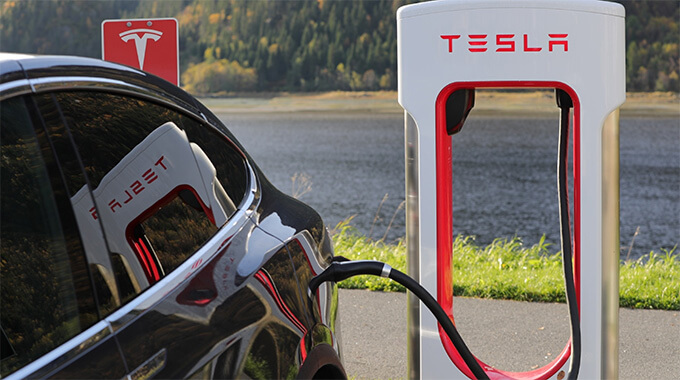I read an avalanche of media criticism when Elon Musk fired his entire SuperCharger team a few weeks ago. In spite of all the whining, it was a good business decision for Tesla.
Here’s why: expanding and running a fast charging network is a lousy business.
Installation costs are high, permitting and construction delays are extensive, and revenues from charging cannot overcome the high electricity costs charged by utilities. According to a McKinsey and Company study in October of 2023, most EV fast charging sites are swimming in red ink, losing $45,000 a year at every 4 port charging station. A back-of-the-envelope calculation shows that a typical Starbucks in California would have to sell 56,000 extra cups of coffee every year just to break even on EV charging. That’s a lotta Joe.
In spite of complaints about high gasoline prices, gasoline is a worldwide commodity with reasonable substitutes. Prices are set by the free market. But prices for electricity supplied to charging stations are set by utilities who have a monopoly on electricity sales. It’s illegal for anyone other than a utility to resell electricity, so utilities can charge whatever they want. To make matters worse, Public Utility Commissions in many states let utilities run wild with sky-high electric rates and record profits.
I’m a big EV fan, but the lack of EV charging infrastructure coupled with the extraordinarily high costs of charging will stifle the industry’s growth. California’s goal of selling only zero emissions vehicles by 2035 is a pipe dream. In order to hit that goal we need to quickly change the monopoly utility business model so that EV charging makes sense.
But there’s another faster and cheaper option: solar-powered EV charging. Solar charging is easy to do for homes — the average driver in California needs just 7 more solar panels to meet their annual driving needs. Taking it one step further, we should couple EV chargers with commercial solar installations. Think about it: shouldn’t we charge our cars during the day, when it’s sunny, from inexpensive rooftop solar, at work, where the cars are parked? Instead of waiting to charge our cars at public stations which get expensive power from utility solar farms 500 miles away?
Tesla’s Supercharger network challenges are just the tip of the iceberg. For more about costs and practical solutions to EV charging, please tune in to the full SuperCharger podcast on this week’s Energy Show.

